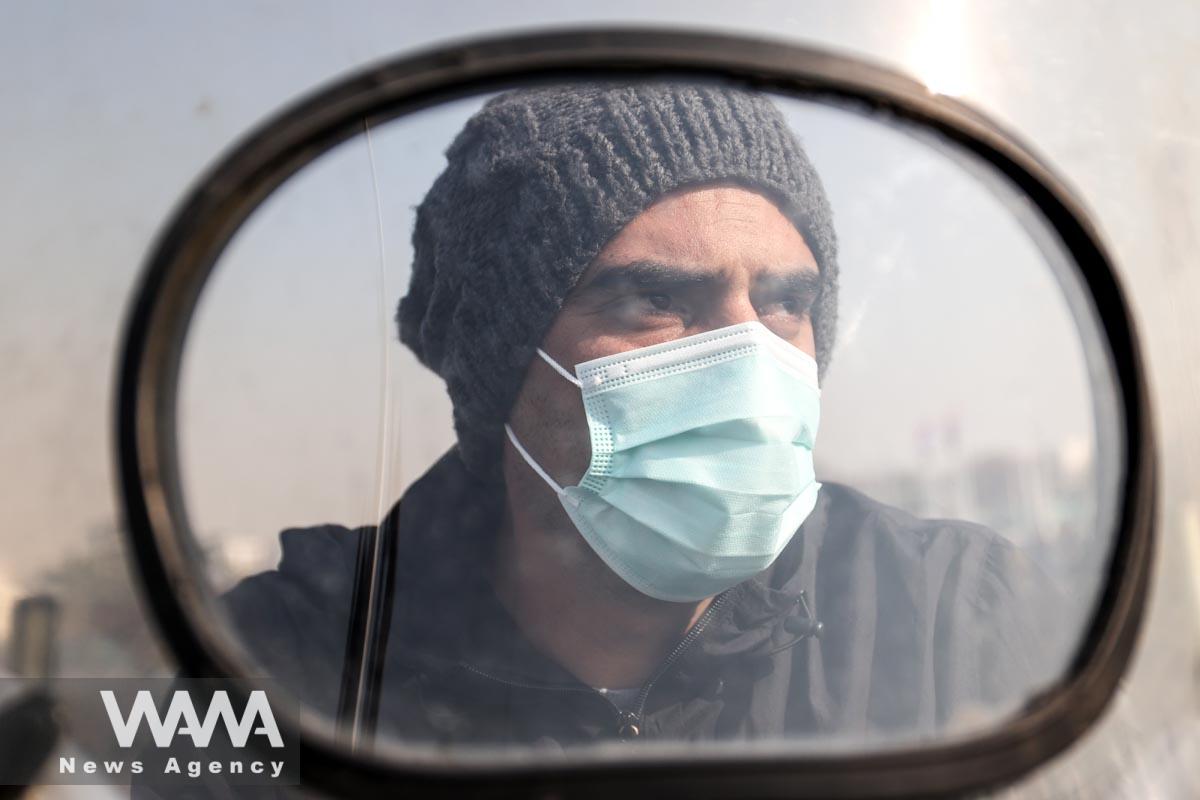From Air Pollution to Urban Blackouts in Iran
WANA (Nov 26) – In recent years, major cities in Iran, such as Tehran, Isfahan, and Karaj, have been grappling with air pollution, which worsens as the weather gets colder. This issue has now extended beyond large cities to smaller towns, with Tehran, the capital of Iran, being ranked the fourth most polluted city in the world.
Several factors contribute to this crisis, including the lack of a comprehensive public transportation system, outdated vehicles, the mismatch between supply and demand in the production and sale of automobiles, the use of mazut (heavy fuel oil) in refineries, population density, and inefficient energy use in the residential sector. Together, these factors have choked the airways of Iranian cities.
The Iranian government has implemented various measures to tackle the problem. It has allowed the importation of second-hand vehicles to address the imbalance in the car market.
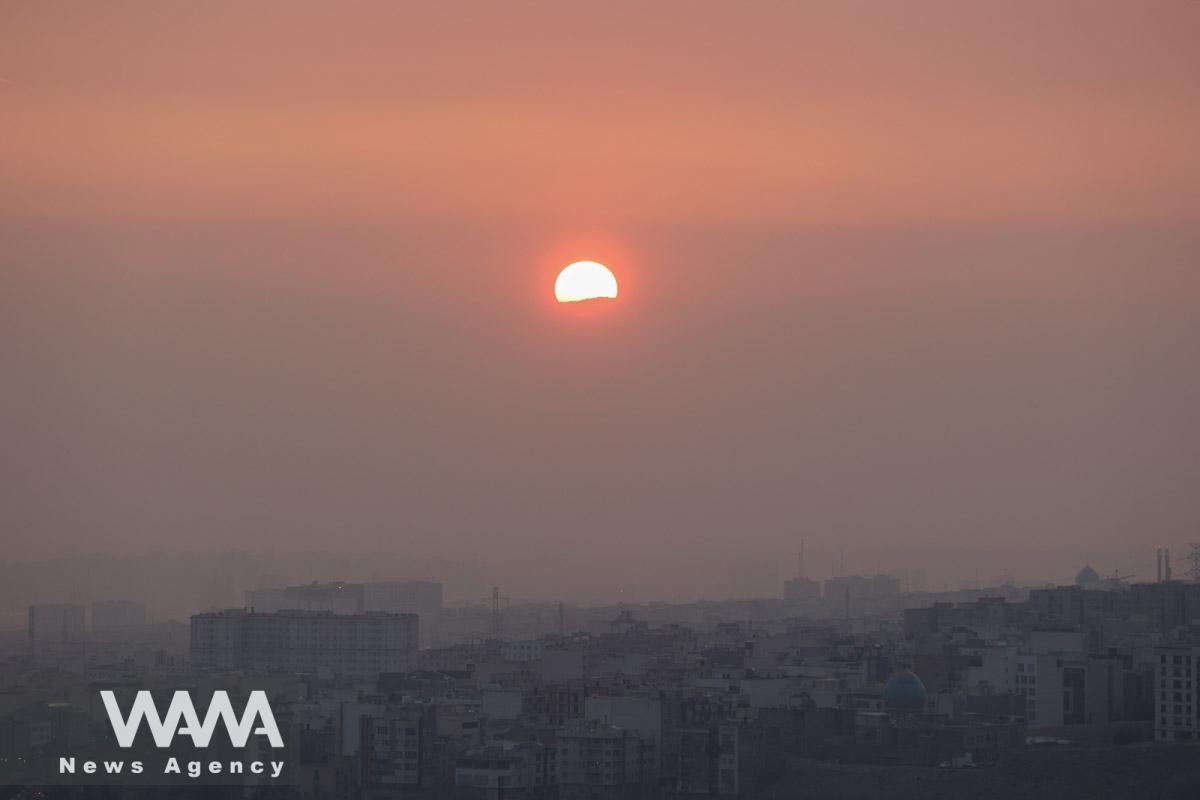
A general view of Tehran city following the increase in air pollution in Tehran, Iran, December 18, 2022. Majid Asgaripour/WANA (West Asia News Agency)
Buses have been procured from China under specific agreements to improve the aging public transportation system. Additionally, incentive programs have been introduced, such as waiving energy consumption costs for the residential sector.
Recently, proposals have emerged to dedicate certain lanes on streets exclusively to cars with two or more passengers, aiming to discourage single-occupancy vehicle use.
Another proposed solution is relocating the capital to a different city to control population density, although this idea remains under debate and requires further evaluation by policymakers.
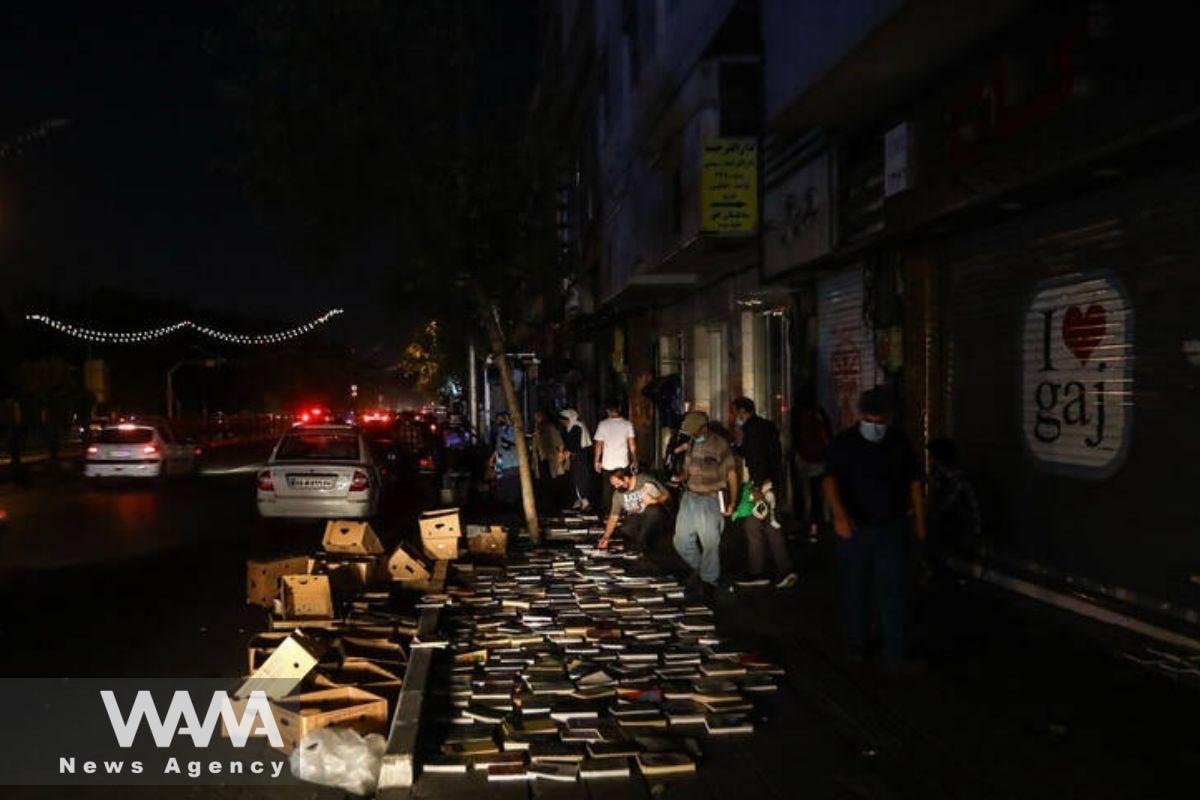
Power outages in Iran. Social media/ WANA News Agency
In recent days, in addition to the lack of clean air to breathe in Iran’s major cities, people have been plunged into darkness as well. A scheduled two-hour power outage has been implemented to manage and distribute energy more effectively across various sectors. While power cuts have occurred in the past, they were limited to the industrial sector and did not affect households.
However, this approach has now changed. Officials argue that instead of imposing power cuts on the industrial sector and disrupting the country’s production cycle, these outages should be shifted to residential and urban areas.
What is the reason for power outages in Iran?
According to Iran’s Minister of Energy, Abbas Aliabadi, energy efficiency is the primary cause of these outages, which highlights a serious challenge in Iran’s energy sector.
He noted that Iran’s annual electricity consumption is approximately 350 billion kilowatt-hours. This level of consumption is comparable to countries with high gross domestic product (GDP), indicating that energy efficiency in the country is significantly low.
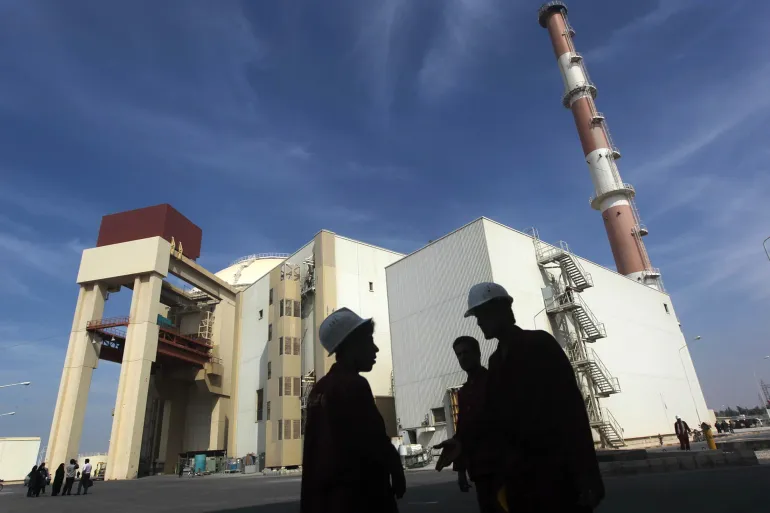
How much electricity did the Bushehr Nuclear Power Plant produce?
WANA (Aug 15) – The Bushehr Nuclear Power Plant produced 1,395,290 megawatt-hours of electricity over the past 60 days, which is equivalent to the electricity needs of 2.3 million households. This was achieved with a record capacity factor of 96.9%, the highest among various power plants in Iran. After completing major maintenance and […]
Despite all these limitations, one of Iran’s strategies has been its efforts to develop the nuclear power industry, which has significantly contributed to addressing the country’s energy shortages.
Mohammad Eslami, the head of the Atomic Energy Organization of Iran, stated that the first unit of the Bushehr Nuclear Power Plant, with a capacity exceeding 1,000 megawatt-hours, is currently generating electricity.
He noted that this plant produced 7.4 billion kilowatt-hours of electricity last year, and this trend is continuing this year. However, despite these developments, the country’s growth remains insufficient to meet its energy demands.
Iran’s Minister of Energy has stated that 97% of the country’s electricity needs are currently being met. The remaining 3% is being managed through fair, nationwide scheduled power outages to distribute the load evenly.
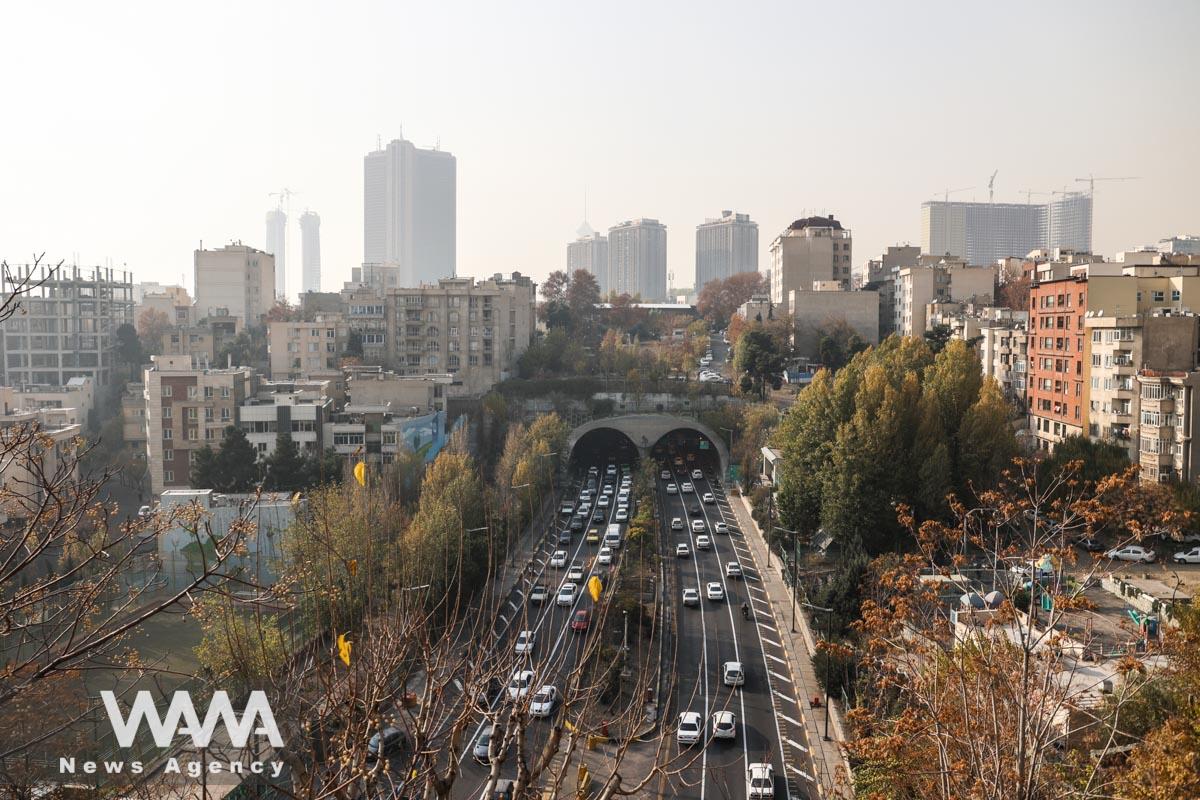
A general view of Tehran city following the increase in air pollution in Tehran, Iran, December 5, 2023. Majid Asgaripour/WANA (West Asia News Agency)

